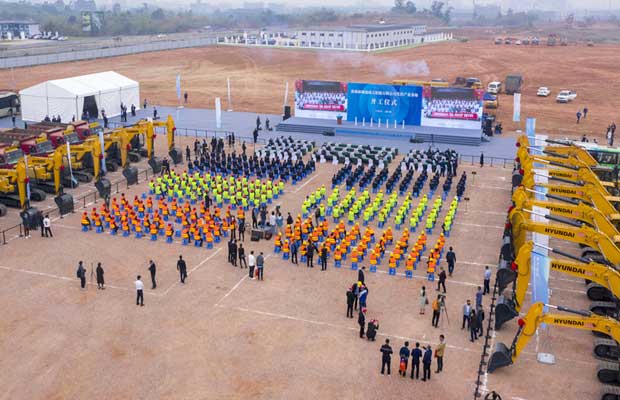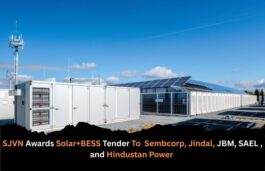
Even as module prices fell below the widely watched $0.2/W levels in China, the biggest integrated manufacturers continue to move ahead on their expansion plans. Tongwei, the Chengdu-based food and aquaculture firm that was happy to stop at cell manufacturing until a little over a year back, has moved aggressively into module manufacturing in the recent year, competing with erstwhile clients like Longi, Jinko and more. Tongwei’s entry into the module market is already shaking up markets where they are pushing for share, be it China or the Middle Eastern region for now.
These two firms are also among the world’s biggest manufacturers of high-purity polycrystalline silicon materials and monocrystalline solar wafers, where capacity additions have placed severe pressure on prices that peaked in 2022.
While Tongwei has plans to expand its solar cell and panel plants in its home city of Chengdu with an investment of $1.5 billion, Longi is also moving ahead on its expansion in Xi’an, in its own global headquarter. Tongwei hopes to add 25 GW of cell capacity, and 20 GW of module capacity, with both expected to go online before the end of 2025, with cell capacity slated to start earlier. the news comes even as another major, JA Solar also announced expansion plans for an annual production capacity of 30GW ingots, 10GW silicon wafers, and 10GW modules with a total planned investment of $870.1 million.
That will be around the time fresh capacities in India, the US, and even some parts of Europe are also expected to hit the markets, placing the long-term prognosis for solar prices firmly in the stable to a downward zone.
For Longi, expansion has also meant adding capacity on batteries to better balance its portfolio for a changing market and keeping its status as the largest integrated player globally intact.
We have reported on how other key players like Jinko, Trina Solar and more are also adding capacity that will, in all probability, come online by 2025-26. While the fresh capacity has the buffer of strong domestic demand in China, their impact on global markets cannot be overstated in markets across the US, Europe and even India, where solar manufacturing has returned after decades or is being ramped up aggressively, as in India’s case.
Flush with record profits in 2022 and a strong start in 2023, all Chinese majors have embarked on what they see as the next phase of expansion and growth, with little provisioning for the kind of shock or slowdown we saw in 2020-21. As all these plans come to fruition in the next 30 months, seeing how projections have played out will be fascinating. For now, all indicators point to very small chances of deviations, with most models, in fact, predicting more upsides to demand than any major downside risks.





























